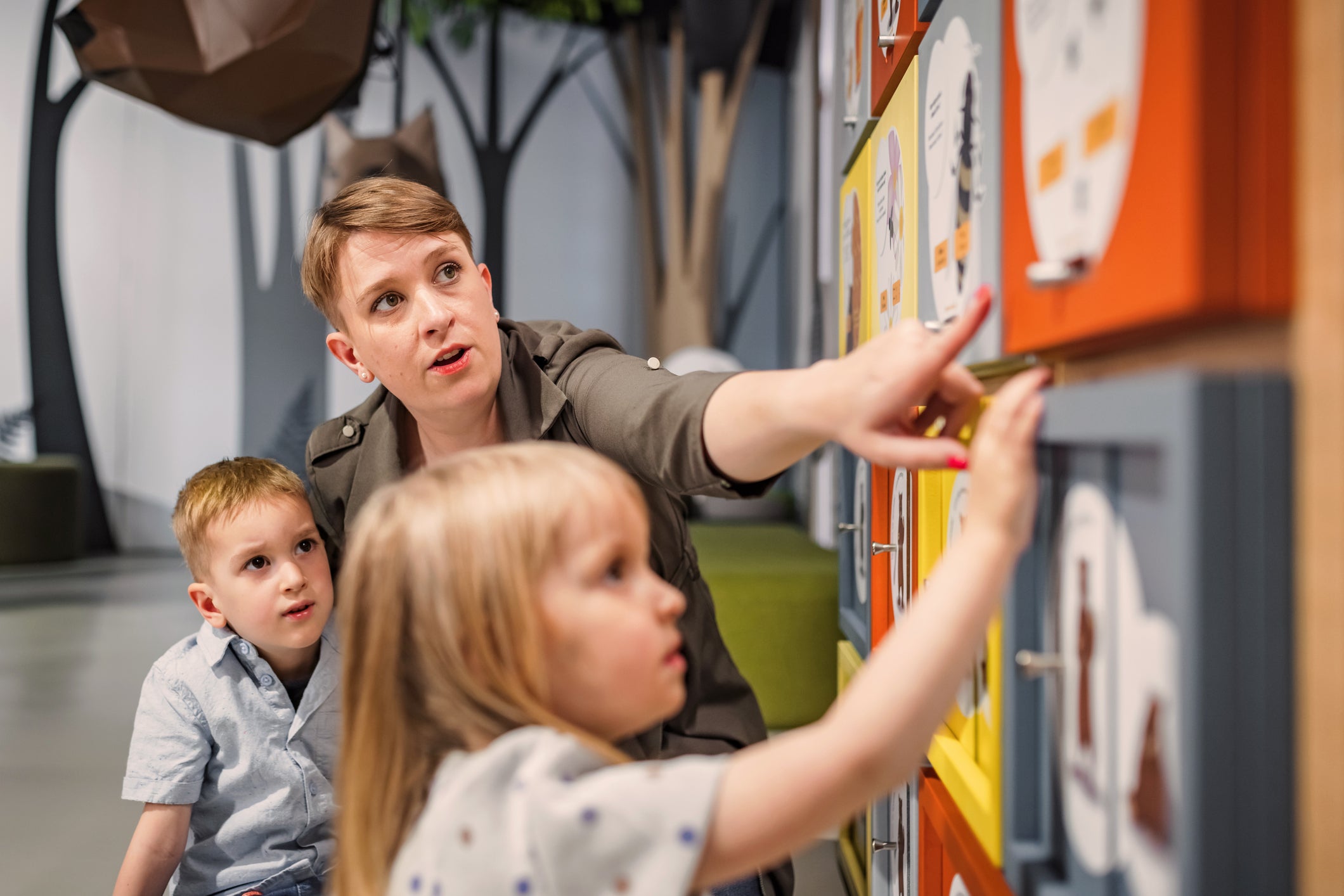Although people are increasingly worried about the cost of higher education, education can have long-lasting benefits. The Social Security Administration reported that men with bachelor’s degrees earn $900,000 more in median lifetime earnings than those with only a high school diploma, while women with bachelor’s degrees earn $630,000 more.
To help their children earn a college degree, many parents and families open 529 accounts to save money. These accounts have tax benefits that can help you finance your child’s education.
President Trump’s One Big Beautiful Bill (OBBB) made significant changes to financial aid programs, and it also made adjustments to 529 plans. If you have a 529 or plan to open one in the future, here’s what you need to know about the OBBB’s impact on 529 plans.
How 529 Plans Work
A 529 plan is a tax-advantaged tool you can use to save for college. There are two main types:
- Prepaid tuition plan: With a prepaid tuition plan, you can purchase college credits or units from participating schools for future use. You can lock in today’s rates, and your child can redeem them when they’re ready for college. Prepaid tuition plans are less popular and less common than 529 savings plans.
- Savings plan: A 529 savings plan is an investment account. Families can contribute money to the account, and the money is invested in mutual funds, bonds, and stocks, with the goal of growing the fund over time. The money grows tax-deferred and, when the withdrawals are used for qualifying education expenses — such as college tuition, dorm fees, or textbooks — there are no income taxes.
The catch? If you dip into the 529 account for non-qualifying expenses, such as to buy your child a car or to cover the cost of an emergency home repair, you’ll have to pay income taxes on the withdrawal amount and a 10% penalty.
How the One Big Beautiful Bill Affects 529 Plans
The new OBBB was signed into law in July. The OBBB made several changes to 529 plans that may benefit families:
1. Withdrawals Can Be Used for Other Postsecondary Credentials
The OBBB allows families to use 529 plan withdrawals to pay for non-degree programs, such as work training or certificate programs. For example, you could use the money to pay for a HVAC certification program or cosmetology school.
To qualify, the program must meet one of the following requirements:
- The program is authorized by the Workforce Innovation and Opportunity Act
- The program leads to a military credential
- The program is approved by the federal or state government
2. Families Can Use More Money to Pay for K-12 Education
Under the current rules for 529 plans, families can withdraw $10,000 per year to pay for a child’s K-12 education. For example, parents can withdraw up to $10,000 to cover the cost of tuition for a private elementary school.
The OBBB has expanded this use, allowing families to withdraw up to $20,000 per year for K-12 expenses. The new limit will apply starting on January 1, 2026.
3. More K-12 Expenses Are Eligible for Penalty-Free Withdrawals
The OBBB also adjusted what qualifies as an eligible expense. Going forward, families can use withdrawals for the following K-12 expenses:
- Tuition
- Books or instructional materials
- Online education materials
- Tutoring from a qualified professional
- Fees for standardized exams, such as the SAT or ACT
- Educational therapies for children with disabilities
Families could begin using money for these purposes — without penalty — starting on July 5, 2025.
4. The Provision Allowing the Rollover of 529 Funds to ABLE Accounts Was Made Permanent
The provision that allows families with children with disabilities to roll their 529 funds into an Achieving a Better Life Experience (ABLE) account was set to expire on December 31, 2025. The OBBB extended the expiration date indefinitely, so families can continue to roll over 529 plans into ABLE accounts well after 2025.
5. A New Savings Option Was Introduced
Separate from 529 plans, the OBBB made another change that could affect future parents. The OBBB launched “Trump Accounts” — investment accounts created on behalf of children. These are a type of retirement account, and will include a $1,000 government contribution for some children born between 2025 and 2028.
Families can contribute up to $5,000 per year or after-tax dollars. The savings are invested in mutual funds, and can grow tax-deferred.
The child beneficiary can use the money once they reach 18. The standard retirement early-withdrawal penalties apply, except if the child uses the money for certain purposes, such as college tuition or to purchase a first home.
Planning for College
The OBBB is a sweeping bill that made changes to many aspects of our economy and government, including financial aid. The changes to 529 plans expand how families can use their savings, particularly for K-12 education and work training programs, and give families more options.
A 529 plan is likely only a portion of your college planning. If you need help figuring out how to pay for college, explore financial aid resources and student loan options.



